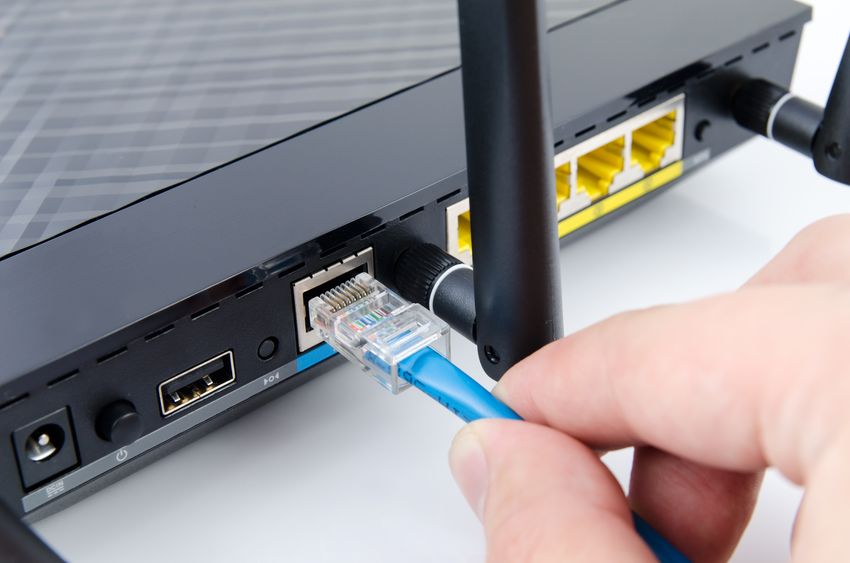
Quality of Service
SIP Trunking operates through an internet connection. In a typical office, data passes through your connection and shares the same bandwidth. Unfortunately, large applications, big file downloads, or streaming can slow down your connection and affect the quality of your SIP Trunking audio. If this occurs, your audio will most likely experience jitter and lag. This is where Quality of Service comes in. By configuring your router with QoS in mind, it gives audio priority over all else. This way, even if you have large downloads or applications, voice audio will take precedence over them and not be affected.
How Does QoS Work?
Data over the internet comes through in packets. This is why QoS is possible. By assigning priority to each device on your network, it can throttle the amount of bandwidth they are allowed to use depending on what they do. For example, with file downloads packet loss isn’t a big deal. It will just be resent until the download is complete. With audio however, packet loss is unacceptable. If you experience packet loss on a call, you will have lag that makes for an indecipherable call. This is why you must configure QoS on your router to ensure that audio takes precedence over all else.
Fortunately, configuring QoS on your router isn’t a big deal. If you have a modern router it should have the capability built in, and all you need to do is configure it correctly. When switching to SIP Trunking, it is important to bring QoS up to your provider to ensure that their technician will take care of it during installation.
If you have any questions regarding SIP Trunking, please contact Intuity today at (800) 811-1086. Please feel free to also follow us on Twitter.
